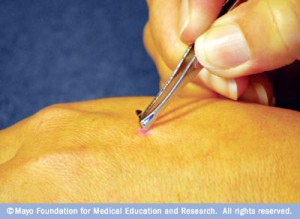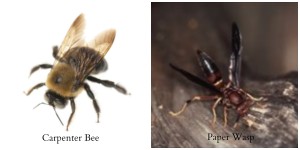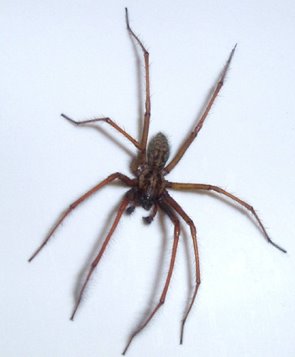READY TO GET STARTED?
REQUEST A FREE ESTIMATE
Fill out the form below or call (888) 466-7849 for a free, no-obligation estimate.
Yellow jackets have barbed like pointers on their stinger that cause the stinger to get lodged into the skin. The stinger is usually left behind, along with the venom sac. It is important to remove a stinger as quickly as possible because venom can continue to be released even if it’s not attached to the bee. The venom can cause an allergic reaction or a possible infection.

Source: Mayo Clinic
Symptoms of infection include:
Consult your Doctor immediately if any of these symptoms occur.
Symptoms of an allergic reaction include:
Consult your Doctor immediately at signs of an allergic reaction.
What to do if stung:
It’s very important to call a pest professional if you believe a yellow jacket nest is near your property. We DO NOT recommend you try to remove this on your own…this could result in being stung.
For yellow jacket removal, wasp removal, and hornet removal, call the professionals at Northwest Exterminating.
Other blogs: How to Treat a Yellow Jacket Sting
Bees and wasps are often confused for one another. Although they both belong to the hymenoptera order and share similar features, they are different. Below is a list of basic shared features, as well as a list of features that set them apart from one another.

Pictures courtesy of NPMA
Bees AND Wasps
Bees
Wasps
For bee and wasp removal, call our team at Northwest Exterminating!
 Spiders often get a bad reputation. They are creepy, crawly creatures and we fear their bite. They are often blamed for skin irritations but the fact is that 80% of presumed spider bites are actually due to some other insect bite or skin infection. Most spider bites are harmless and done by accident. However, there are spiders that can cause real harm (black widow, brown recluse). Not only can the bite be painful but the spider’s venom can cause pain as well. Non-venomous spider bite pain will typically last 5 minutes to an hour but a venomous spider bite can be painful for longer than 24 hours.
Spiders often get a bad reputation. They are creepy, crawly creatures and we fear their bite. They are often blamed for skin irritations but the fact is that 80% of presumed spider bites are actually due to some other insect bite or skin infection. Most spider bites are harmless and done by accident. However, there are spiders that can cause real harm (black widow, brown recluse). Not only can the bite be painful but the spider’s venom can cause pain as well. Non-venomous spider bite pain will typically last 5 minutes to an hour but a venomous spider bite can be painful for longer than 24 hours.
Seek medical attention if:
In rare situations, spider bites can cause allergic reaction. In this case, you should seek immediate medical attention.
If you are concerned about spiders in or around your home, call a professional exterminator to identify the problem and develop a customized plan to rid your home of spiders.